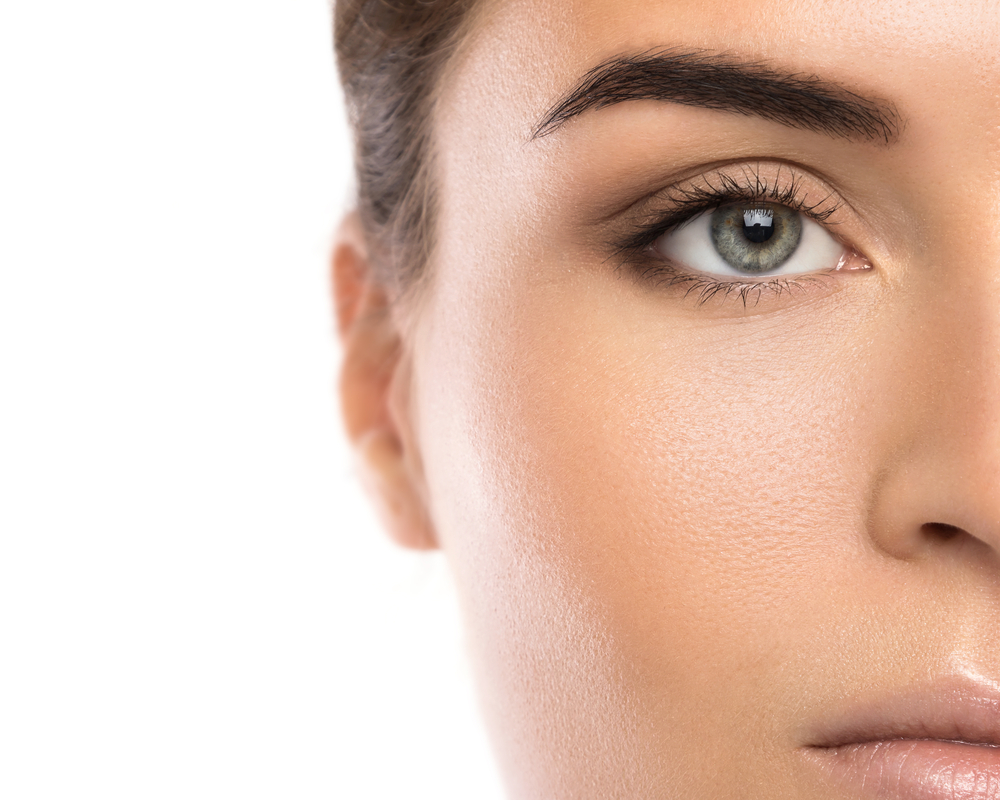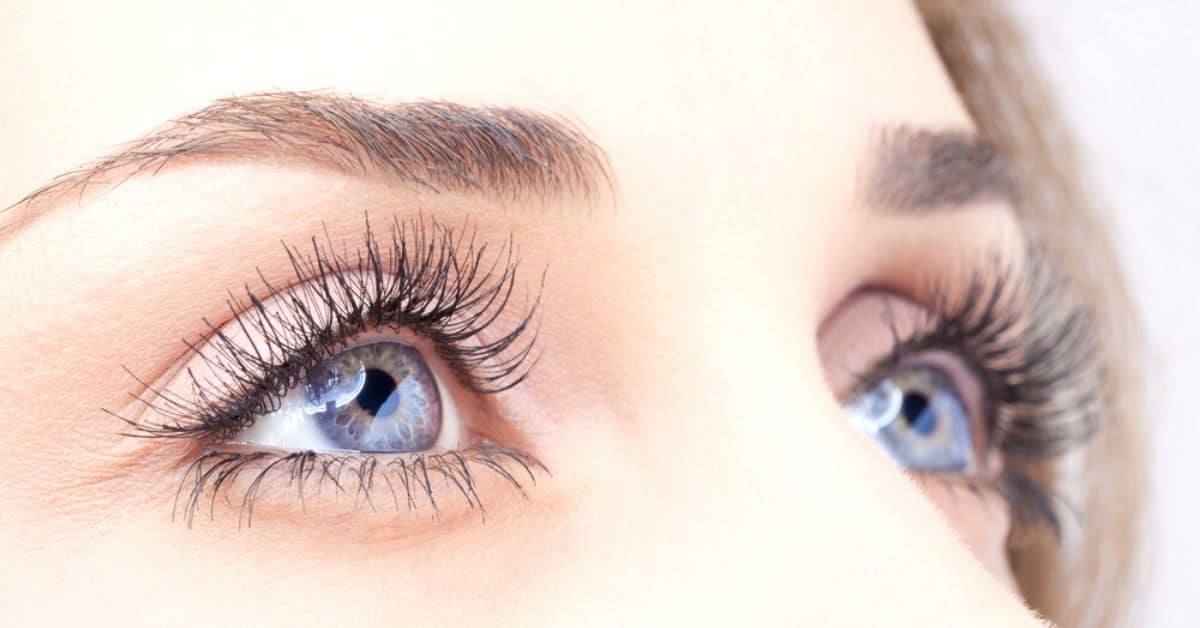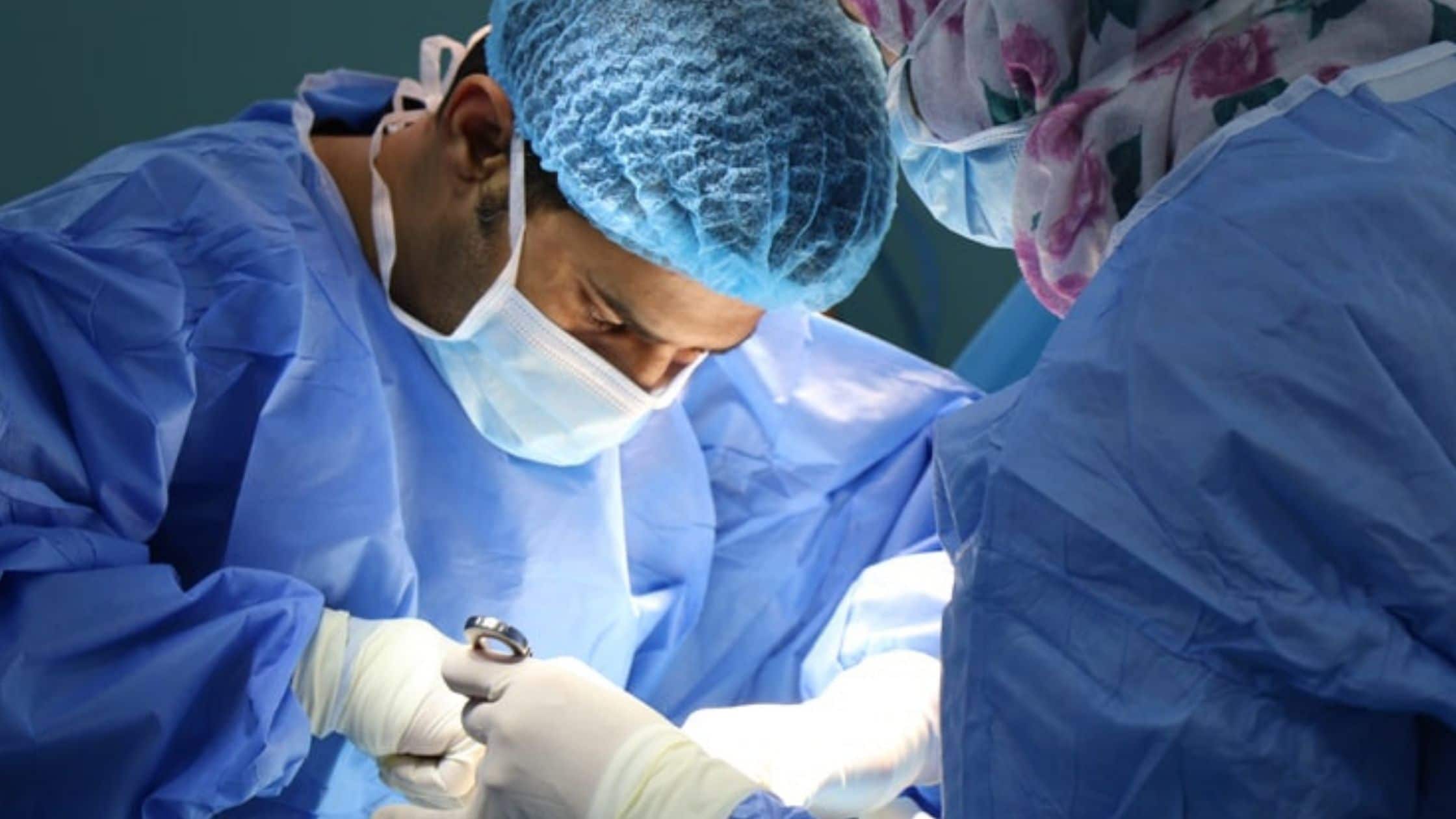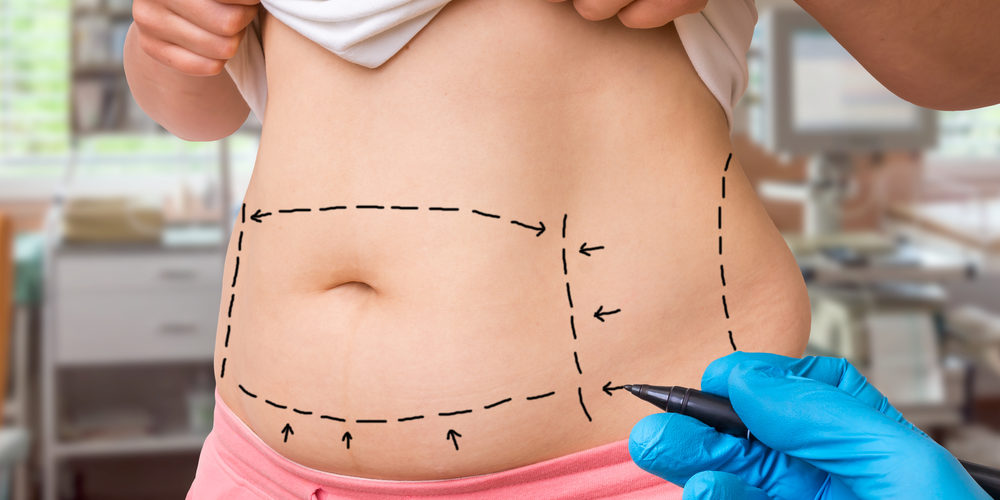- Forehead augmentation can provide better ‘balance’ to the top third of the face.
- Reasons for this surgical solution vary depending on gender, cultural norms and, of course, personal preference.
- Augmentation can be achieved through surgical or non-surgical approaches.
- Newer options include 3D printing technology and the use of microsphere fillers.
While there’s no such thing as an ideal-sized forehead, the area between the hairline and the middle of the eyes plays a defining yet often overlooked role in giving the face a harmonious, balanced appearance.
Here we explore one of the lesser known procedures performed by facial plastic surgeons — forehead augmentation.
What Is Forehead Augmentation?
As the name implies, forehead augmentation is an elective cosmetic procedure that changes the shape and/or volume of the forehead. This can be done surgically or through the use of fillers.
“Typically, forehead augmentation is done to help balance the upper third of the face, and is similar to the augmentation of the chin done when a chin is weak,” explains Dr. Jon E. Mendelsohn, a Cincinnati-based specialist in facial plastic surgery.
It is the direct opposite of forehead reduction surgery, which helps to reduce the size of an elongated forehead by removing a portion of the skin on the forehead and creating a lower hairline.
Is My Forehead too Small?
Your reasons for deciding on this procedure depend entirely on the problem you want to have corrected. The motivation (or objective) may also be different whether you are a woman or a man, or depending on cultural norms.
Men vs. Women
As a rule, men’s foreheads tend to be higher, have more angles and feature a ridge of bone that sits just over the eyebrow. Those who have flat foreheads and high hairlines may want a forehead that is bonier and denser, and will therefore opt for a solution that gives them a more prominent browbone.
Women’s foreheads tend to be shorter and softer or more delicate in appearance. When considering augmentation, women often seek a rounder forehead or one that has more of a vertical incline.
Cultural Norms and Aesthetic Preferences
Ethnicity can sometimes play a role as well, since beauty standards differ across cultures. Aside from cultural norms, there are personal preferences to consider. Forehead augmentation is generally performed to address one of the following aesthetic concerns:
- Flatness or a lack of volume in the middle of the forehead
- A forehead that is tilted forward or backward
- Brows that are too pronounced or protrude near the eyebrows
- An indentation or hollow section in the forehead
- A forehead that’s too wide or too narrow
Many of the ‘flaws’ you might perceive in your own forehead are most obvious in a side profile. Changing the look of the forehead – particularly by adding volume – has the added benefit of making the bottom of your face look slimmer – if this is a look you want to achieve.
Forehead wrinkles and other imperfections will also be minimized when volume is increased.
What Are the Surgical Options?
Forehead augmentation, it should be noted, is only suitable for people who are healthy enough to undergo surgery. Here is a quick rundown of the pros and cons of each surgical solution.
Silicone Implants
Customized implants have become the norm as they are developed before surgery and allow the physician to create any shape and thickness necessary. They are also easily reversible if necessary.
An actual model of the implant is made prior to surgery and then introduced into the forehead through a small incision made near the hairline. The incision for these is fairly discreet. The incision is stitched following surgery and the area is bandaged.
The disadvantage with this option is that the implants may occasionally rupture or there may be fluid accumulation.
Augmentation techniques using 3D printing-assisted implants are increasingly popular, since they consider the specific contours the patient is looking for and provide well-balanced, customized results.
The before and after pictures below (source) show examples of how forehead augmentation is commonly combined with several other procedures by plastic surgeons in Korea. These transformations typically include jaw contouring, cheekbone reduction, blepharoplasty and rhinoplasty.
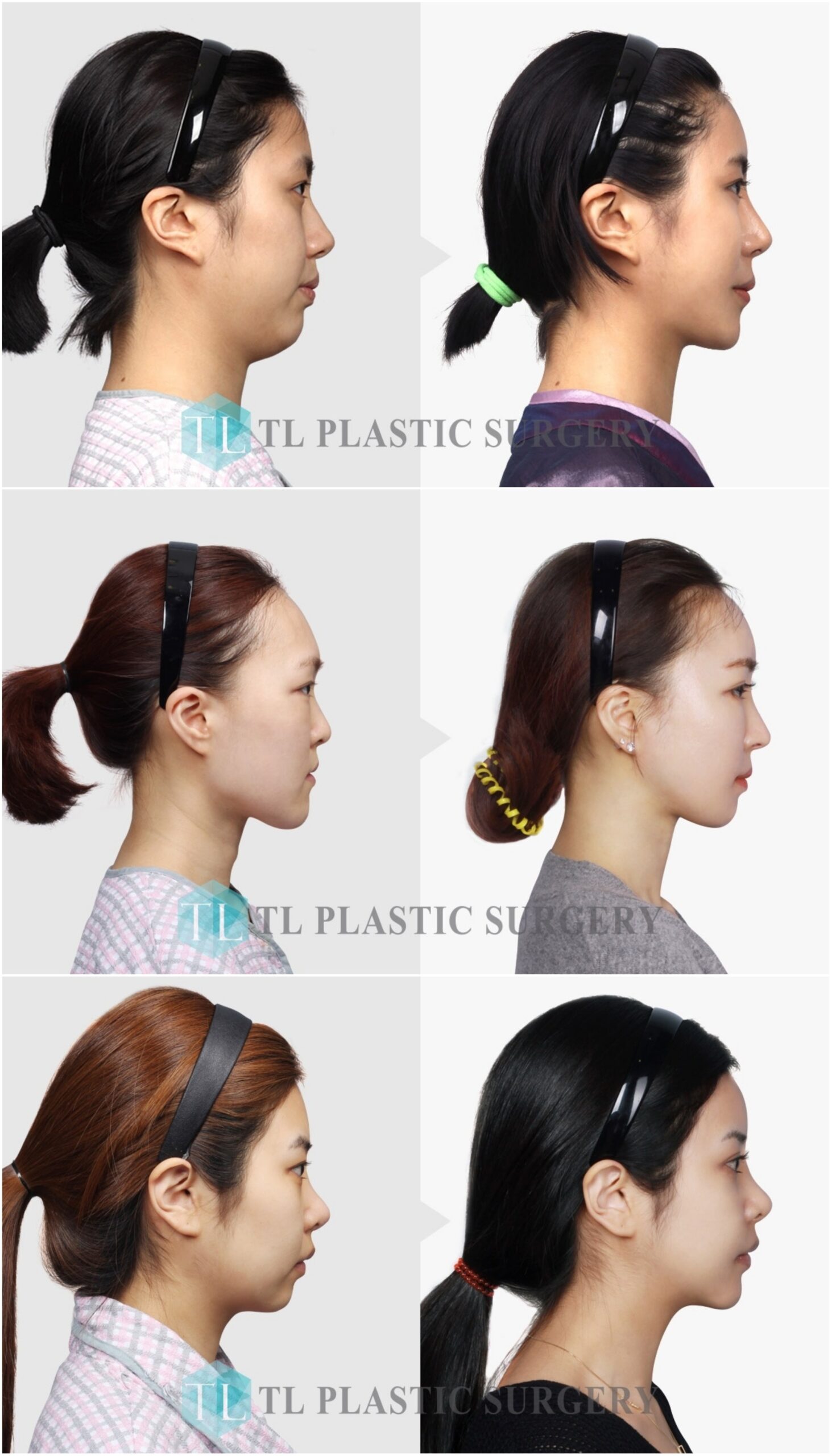
Fat Transplantation
Fat transfer is a safe and simple option that provides you with a natural look almost immediately. It’s a good choice if you don’t need to add much volume. The fat is taken from another part of your body, such as the thigh or stomach, and injected under your skin with a syringe.
There are two disadvantages with this option. Some of the fat may be absorbed over time, altering the look of your forehead. Conversely, if too much fat is used, it can result in a bulging, puffy or unnatural look.
Bone Cement
Don’t be alarmed by the terminology. Instead of picturing cement, think of it as putty. This material, called ‘osteobond,’ is inserted through an incision in the hairline while it is still soft and easy to manipulate by the surgeon. It is then carefully shaped to achieve the ideal look. Once in place, it hardens and the incision is stitched shut.
What to Expect After Surgery
Forehead augmentation surgery is done on an outpatient basis, which means you will not need to stay overnight in the hospital. The procedure itself is quite quick – about an hour long – but does require general anesthesia. Like any surgery, there are risks, including a reaction to the anesthetic or the possibility of infection.
Within the first few days following surgery, you can return to your normal level of activity and full healing can be expected in a week to 10 days. You may notice some swelling or bruising near your eyelids while you are healing. Your surgeon will likely have you return to have your stitches removed.
Non-Surgical Options: Forehead Fillers
If you are unsure about undergoing surgery but would still like to change your forehead, other treatment options are available.
The first choice for many people is hyaluronic acids, which are frequently used to manage soft tissue augmentation. They’re effective and safe, and a simple injection makes it easy for a physician to shape your facial features.
You’re most likely already familiar with some of the substances used, such as Juvéderm and Restylane. These fillers have been available for many years and have a good safety profile. It is important to note that the results do not last long, so to maintain the look you want, the injections will have to be repeated from time to time.
Researchers have also started looking into the safety and effectiveness of forehead augmentation using a filler made from polycaprolactone (PCL) microspheres. In one small study, outcomes were assessed at several time periods following surgery for up to two years. The trial concluded that it is a good option in forehead augmentation as it is safe and has positive and long-lasting effects.
What’s the Take Away?
Forehead augmentation can be achieved in one of several ways. Many people opt for surgery, which is performed using various techniques. Alternatively, there are some non-surgical options available – although these solutions are less permanent and require upkeep.
» Whatever you choose, make sure you consult with an expert before you take the plunge. Not all facial plastic surgeons have extensive experience performing forehead augmentation — The best medical review panel on Zwivel can assist you in discovering the ideal solution.






